Although there are many types of milkweed, this page is about the common milkweed (asclepias syriaca),
Common milkweed is also called silkweed, Virginia silkweed, silky swallow- wort, and butterfly flower.
Milkweed gets its name from the white sap that oozes out from the stems and leaves when they are broken Milkweed sap is a common folk remedy used to clot small wounds, remove warts, and as a natural remedy for poison ivy.
In the past, parts of the milkweed plant were used for medicinal purposes, for making rope and string, and to stuff buffalo robes and life vests. Even today, milkweed floss is used to stuff jackets, comforters, and pillows.
Milkweed seed is sold for land reclamation, highway beautification, butterfly gardens, and to butterfly farmers.
And common milkweed is the only food source for monarch butterfly larvae (caterpillars).
Adult monarchs feed on the nectar of many flowers, but they breed only where milkweeds are found. Milkweed flowers also attract other butterfly species, bees, hummingbirds, and
hummingbird clear wing moths.
I took all the photographs except for the orange butterfly weed. The milkweed plants were in a field in eastern Tennessee. ~~ Burntchestnut


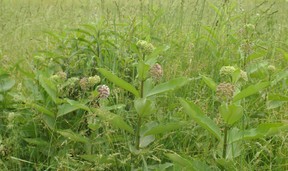 Common milkweed is mostly found growing wild on farmland and in rural areas; in old fields. along fencerows, and roadsides.
Common milkweed is mostly found growing wild on farmland and in rural areas; in old fields. along fencerows, and roadsides.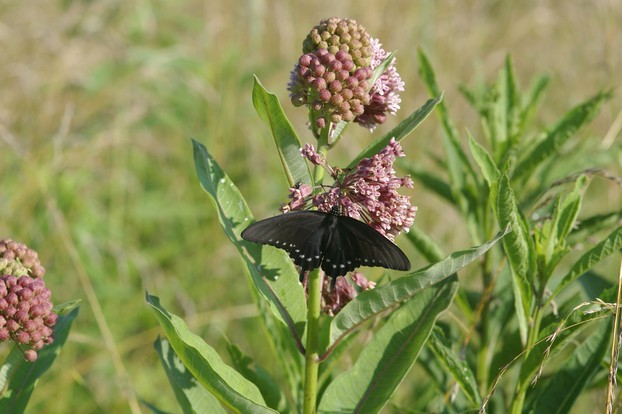



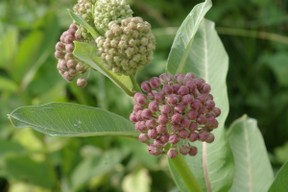 There are many other species of milkweed besides the common milkweed. If you’re not sure you have found common milkweed, mark the plants and watch them throughout the year, making notes or taking photographs.
There are many other species of milkweed besides the common milkweed. If you’re not sure you have found common milkweed, mark the plants and watch them throughout the year, making notes or taking photographs. 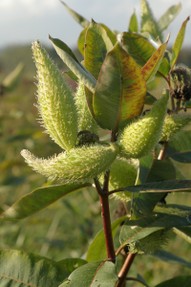 Milkweed Silk
Milkweed Silk 


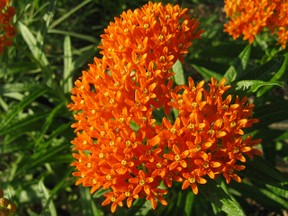 Butterfly weed (asclepias tuberosa) is a type of milkweed that has orange or yellow flowers. It can grow up to 3 feet tall and blooms from early summer to early fall. It needs full sun and most often grows in soil with a mixture of sand or gravel.
Butterfly weed (asclepias tuberosa) is a type of milkweed that has orange or yellow flowers. It can grow up to 3 feet tall and blooms from early summer to early fall. It needs full sun and most often grows in soil with a mixture of sand or gravel.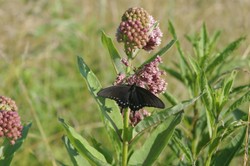

 I Loved to Read in Grade School (in the 1960s)on 09/29/2018
I Loved to Read in Grade School (in the 1960s)on 09/29/2018
 Halloween Memories from the 1960son 09/17/2018
Halloween Memories from the 1960son 09/17/2018
 What on Earth is Earthing?on 06/03/2015
What on Earth is Earthing?on 06/03/2015
 Worm Manure (Castings) Is The Best Organic Fertilizeron 05/25/2015
Worm Manure (Castings) Is The Best Organic Fertilizeron 05/25/2015

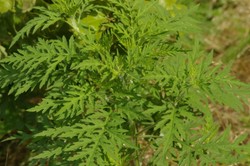
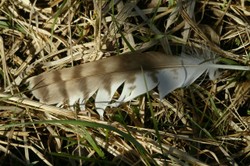
Comments
I photographed the common milkweed plants in eastern Tennessee. They can grow mostly any place that has well-drained soil. With so much land being cleared for development, there's not nearly as much milkweed growing wild as there used to be.
You can eat any cheese with milkweed pods, but I prefer a mild white cheese such as provolone, mozzarella, etc.
AngelaJohnson, Thank you for the practical information and the product line. In what state and what kind of cheese do you serve with the boiled pods?